Scoliosis, a term that might seem daunting at first glance, refers to a condition marked by an abnormal lateral curvature of the spine. This might simply mean a curved back to the untrained eye, but the reality is far more complex. Scoliosis is not just a singular condition but a category encompassing various forms and severities, each with unique challenges and treatment approaches. In this introduction, we’ll unravel the layers of scoliosis, starting with its definition, moving through the different types, and underscoring the critical importance of early detection.
Definition and Types of Scoliosis
At its core, scoliosis is defined by a curve in the spine that deviates from the straight vertical line observed in a healthy spine. This deviation can present in several forms, making the condition not a one-size-fits-all but rather a spectrum of disorders. The types of scoliosis are primarily classified based on their cause and the age at which they occur:
- Idiopathic Scoliosis: The most common form, idiopathic scoliosis, has no identifiable cause. It’s most frequently diagnosed in adolescents but can be found in children and adults as well. This subtype is further broken down by age: infantile (ages 0-3), juvenile (ages 4-10), and adolescent (ages 11-18).
- Congenital Scoliosis: This type arises from spinal abnormalities present at birth. These anomalies in the vertebrae lead to the spinal curvature as the child grows.
- Neuromuscular Scoliosis: Caused by neurological or muscular conditions, such as cerebral palsy or muscular dystrophy, neuromuscular scoliosis develops because of uneven muscle support on the spine.
- Degenerative Scoliosis: Seen in adults, this type results from the wear and tear of spinal discs and joints, leading to a curvature of the spine later in life.
The Importance of Early Detection
The significance of early detection of scoliosis cannot be overstated. Early detection means a higher chance of effective management, less invasive treatment options, and, in many cases, a reduction in the need for surgical intervention. For idiopathic adolescent scoliosis, which comprises the majority of cases, spotting the condition during a child’s peak growth periods can make all the difference in treatment outcomes.
Early detection relies on awareness and regular screening. For parents, educators, and healthcare providers, this means being vigilant about the signs of scoliosis, which can often be subtle. Early signs may include:
- Uneven shoulder heights.
- One shoulder blade appears more prominent than the other, with an uneven waist.
- One hip is higher than the other.
In schools, screening programs have been a pivotal part of early detection efforts, allowing healthcare professionals to identify and refer potential cases for further evaluation.
Understanding the nuanced nature of scoliosis, its various forms, and the critical role of early detection sets the stage for exploring the causes of the condition, how it’s identified and diagnosed, who is most at risk, and the strategies for monitoring and treating it effectively. With this foundational knowledge, individuals and families affected by scoliosis can confidently approach treatment decisions and clearly understand the path forward.
Causes of Scoliosis
Understanding the root causes of scoliosis is fundamental to managing and treating it effectively. Despite extensive research, the precise origins of many forms of scoliosis remain elusive, contributing to the challenges of developing preventive strategies. However, by categorizing scoliosis based on its causes, medical professionals can tailor treatment approaches to each individual’s needs.
Idiopathic Scoliosis and Its Prevalence
Idiopathic scoliosis represents the majority of scoliosis cases, with its onset most commonly occurring during adolescence. The term “idiopathic” indicates that the exact cause is unknown, making it a particularly puzzling condition for researchers and clinicians. This form of scoliosis is most prevalent among individuals aged 10 to 18, coinciding with periods of rapid growth. Although the cause is unidentified, speculation and ongoing research into genetic links might predispose individuals to develop this condition. Screening during these pivotal growth phases is crucial for early detection, potentially allowing for interventions that can prevent severe progression.
Other Types: Degenerative, Neuromuscular, Congenital
Beyond idiopathic scoliosis, the condition can also arise from degenerative changes, neuromuscular disorders, or congenital structural anomalies, each with its distinct causative factors:
- Degenerative Scoliosis: This form is more common in adults and is attributed to the wear and tear of the spine that occurs with aging. Factors such as osteoporosis, spinal disc degeneration, and arthritis can contribute to spinal curvature development. Unlike idiopathic scoliosis, which is often detected during adolescence, degenerative scoliosis is a condition primarily affecting individuals over the age of 40. Lifestyle factors, including activity level, nutrition, and overall health maintenance, can influence its progression.
- Neuromuscular Scoliosis: Conditions that impair muscle control and coordination can lead to neuromuscular scoliosis. Diseases such as cerebral palsy, muscular dystrophy, and spina bifida affect the muscles supporting the spine, potentially leading to curvature. This type of scoliosis can develop at any age and is often more severe, with the spinal curve progressing as the underlying condition advances. Management of neuromuscular scoliosis requires a comprehensive approach that addresses the primary neuromuscular condition alongside the spinal curvature.
- Congenital Scoliosis: Resulting from spinal abnormalities present at birth, congenital scoliosis is caused by the improper formation of the spine during fetal development. These anomalies may include incomplete formation of spinal bones, fused bones, or abnormally shaped bones. Early detection through prenatal imaging or postnatal assessments can lead to early interventions, potentially mitigating the impact of the spinal abnormalities as the child grows.
Each type of scoliosis has unique characteristics and treatment considerations. Understanding the underlying causes is essential for developing effective management strategies tailored to the individual’s condition. With ongoing research into the genetics and pathophysiology of scoliosis, there is hope for more targeted treatments in the future, aiming to address not just the symptoms but the root causes of this complex condition.
Identifying Scoliosis: Symptoms and Diagnosis
Early identification of scoliosis plays a crucial role in managing the condition effectively. While some cases of scoliosis are apparent due to physical symptoms, others may be less obvious, necessitating professional medical evaluation for diagnosis. Understanding both the symptoms that may indicate scoliosis and the methods used for its diagnosis can help in early detection and treatment.
Common Symptoms and Physical Characteristics
Scoliosis can present a range of symptoms, some of which may be more visually apparent than others. Common signs include:
- Uneven Shoulders or Waist: One of the shoulders may appear higher than the other, or the waist may appear asymmetrical.
- Prominent Rib Cage: When bending forward, one side of the rib cage may appear more pronounced than the other.
- Leaning to One Side: The individual may seem to lean to one side, which can be particularly noticeable when standing straight.
- Visible Curve in the Spine: In some cases, the curvature of the spine is visible, presenting as an S-shaped or C-shaped curve.
- Clothes Fitting Poorly: Due to the asymmetry of the body, clothes might not hang properly.
It’s important to note that scoliosis can be present without causing pain or discomfort, especially in its early stages. This lack of pain often means scoliosis can go undetected without regular screenings.
Diagnostic Procedures and Tools
When scoliosis is suspected, either through physical observation or during a routine health examination, the following diagnostic procedures and tools are commonly employed to confirm the diagnosis and assess the condition’s severity:
- Physical Examination: A healthcare provider will perform a thorough physical exam, including the Adam’s Forward Bend Test, where the patient bends forward at the waist. This position can make any asymmetry in the spine or rib cage more apparent.
- X-rays: This imaging test is fundamental in diagnosing scoliosis, clearly showing the spine’s curvature. X-rays can determine the angle of curvature (measured by the Cobb angle), which is crucial for guiding treatment decisions.
- MRI Scans: In cases where the doctor suspects an underlying condition, such as a spinal cord anomaly, an MRI scan can provide detailed images of the spine and surrounding tissues.
- CT Scans: Though less commonly used for initial diagnosis, CT scans can offer a detailed cross-sectional image of the spine, which helps plan surgical interventions or if more detail is needed beyond what X-rays and MRI scans provide.
Diagnosis and assessment of scoliosis involve not only confirming the presence of a spinal curvature but also understanding its severity, progression, and potential impact on the patient’s health and lifestyle. This comprehensive approach ensures that treatment plans are as effective and individualized as possible, addressing the curvature’s physical aspects and the patient’s overall well-being.
Who is Most at Risk?
Scoliosis can affect people of all ages, but certain groups are more likely to develop the condition. Understanding these risk factors can help in the early detection and management of scoliosis.
Age and Growth Factors
The risk of developing scoliosis is particularly high during the growth spurts of puberty. The rapid growth during this period can exacerbate an existing curve or lead to the development of a new spinal curvature. While scoliosis can be diagnosed at any age, idiopathic scoliosis—the most common type—typically presents itself in children and adolescents between the ages of 10 and 18.
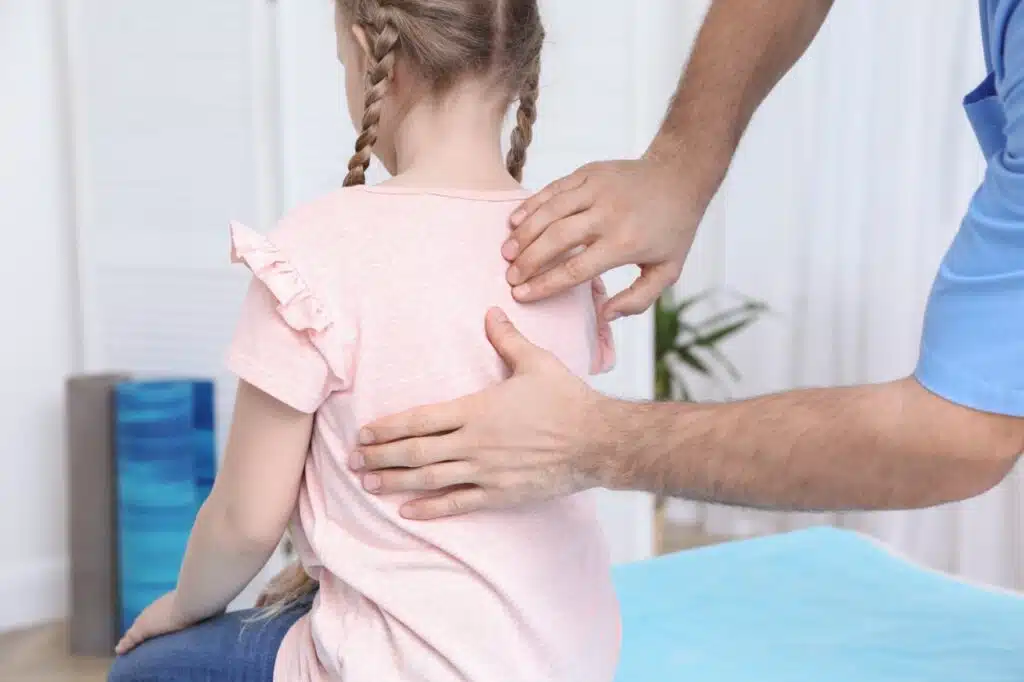
Genetic Considerations
Scoliosis tends to run in families, suggesting a genetic component to the disorder. Individuals with a family history of scoliosis are more likely to develop the condition, indicating the importance of genetic factors in its etiology. Research into the genetics of scoliosis is ongoing, with studies aiming to identify specific genes associated with increased susceptibility to the condition. This genetic predisposition underlines the importance of early screening for families with a history of scoliosis, as early detection can lead to more effective management and treatment outcomes.
Despite these identified risk factors, it’s important to note that anyone can develop scoliosis, and having a risk factor does not guarantee that a person will develop the condition. Conversely, individuals without any known risk factors can still develop scoliosis. This unpredictability highlights the importance of regular check-ups and screenings for children and adolescents, facilitating early detection and intervention.
Identifying at-risk groups also plays a crucial role in preventive strategies and educational campaigns to raise awareness about scoliosis and its potential impact. By targeting information and resources towards those most at risk, healthcare providers and communities can better support early diagnosis and treatment, ultimately improving outcomes for individuals affected by scoliosis.
Monitoring Scoliosis: A Proactive Approach
A proactive monitoring strategy is crucial for individuals diagnosed with scoliosis, especially those in whom the condition is discovered early or who are at risk due to growth spurts or genetic factors. This approach helps in understanding the progression of the curvature and determining the most appropriate time and method of intervention.
Regular Observation and Examination
A cornerstone of managing scoliosis, especially in mild cases or during periods of rapid growth, is regular observation and examination by healthcare professionals. This often includes:
- Scheduled Spinal Examinations: Regular check-ups allow for the close monitoring of the spinal curve’s progression or stabilization. These examinations are typically more frequent during periods of rapid growth, such as puberty.
- Periodic Imaging Tests: X-rays are a standard tool used in the ongoing assessment of scoliosis, providing clear images of the spine’s alignment and curvature. The frequency of these imaging tests is determined based on the severity of the curve at diagnosis and its potential for progression.
Monitoring is pivotal for making informed treatment decisions, particularly in deciding when and if to escalate from observation to active intervention, such as bracing or surgery.
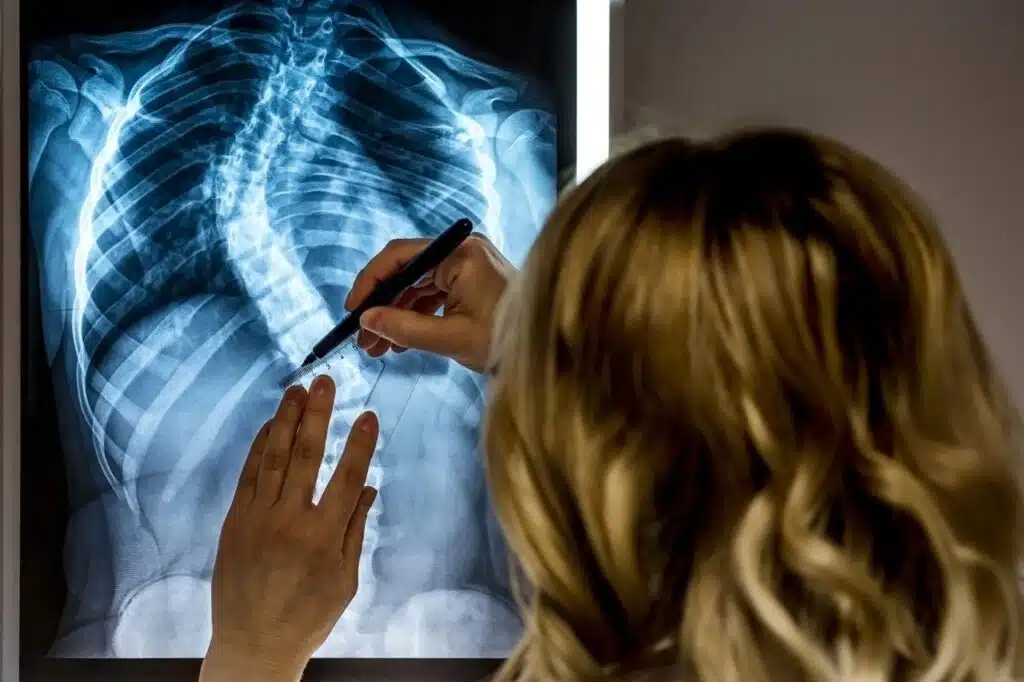
When to Consider Treatment
The decision to initiate treatment for scoliosis depends on several factors, including the curve’s severity, its progression rate, and the presence of symptoms such as pain or physical deformity. Key considerations include:
- Curve Severity: Measured in degrees via imaging tests, the angle of the spinal curve is a critical factor in treatment decisions. Bracing, for example, is often considered for curves between 20 and 40 degrees in growing children and adolescents.
- Rate of Progression: Rapid curve progression, especially during growth spurts, may necessitate earlier or more aggressive treatment to prevent further curvature or complications.
- Symptomatic Relief: For individuals experiencing pain or discomfort due to their scoliosis, treatment may also focus on symptom management alongside efforts to stabilize or correct the curve.
A proactive approach to monitoring scoliosis involves not only regular medical evaluations but also education for the patient and their family about the condition. Understanding scoliosis and the factors that influence its progression allows individuals and their caregivers to participate actively in the management plan, making informed decisions about treatment options and lifestyle adjustments that can support spinal health.
This vigilant, informed approach to monitoring scoliosis can significantly impact outcomes, potentially preventing severe progression of the curve and minimizing the need for surgical intervention. Through regular examination and open communication with healthcare providers, patients with scoliosis can maintain a high quality of life while managing their condition effectively.
Treatment Strategies for Scoliosis
Once scoliosis is diagnosed and monitored, treatment strategies can vary widely based on the curve’s severity, the patient’s age, potential for growth, and whether the curve is worsening. Here’s an overview of the non-surgical and surgical options commonly considered in scoliosis management.
Non-surgical Options: Braces and Their Effectiveness
For individuals, especially adolescents who are still growing and have moderate scoliosis (with curves between 20 and 40 degrees), bracing is a traditional and commonly recommended treatment. The primary goal of bracing is not to correct the curve but to prevent further progression of the curve as the child grows.
- Types of Braces: Several types of braces are used in scoliosis treatment, each designed to accommodate different lifestyles and degrees of curvature. The most common include the Boston brace, a thoraco-lumbo-sacral-orthosis (TLSO) that is custom-fitted to the patient’s body and designed to be worn under clothing, and the Milwaukee brace for more severe or high thoracic curves.
- Effectiveness: The effectiveness of bracing as a treatment for scoliosis depends on several factors, including the patient’s compliance with wearing the brace for the prescribed hours each day (often up to 23 hours), the type of scoliosis, and how much growing the patient has left to do. Regular follow-ups are necessary to adjust the brace as the child grows and to monitor the spine’s curvature.
Surgical Interventions: Criteria and Outcomes
Surgery may be considered for individuals with more severe scoliosis (curves greater than 45-50 degrees) or for curves that continue to progress despite bracing. The most common surgical procedure for scoliosis is spinal fusion, which aims to correct the curve as much as possible and to fuse the vertebrae together so they heal into a single, solid bone.
- Criteria for Surgery: Decisions about surgery consider the curve’s severity, the presence and severity of symptoms (such as pain or respiratory difficulties), and the curve’s impact on the patient’s quality of life. Age, overall health, and the potential for future growth also play roles in the decision-making process.
- Surgical Procedures: Spinal fusion involves attaching rods, hooks, wires, and/or screws to the curved part of the backbone and then performing a bone graft. The bone graft consists of bone or a bone-like material placed between the vertebrae. Over time, the vertebrae fuse together. In some cases, newer techniques that do not involve fusion are used, especially in younger children, to allow for continued growth of the spine.
- Outcomes and Recovery: Advances in surgical techniques have significantly improved outcomes for scoliosis surgery, with most individuals returning to their daily activities without significant restrictions. Recovery from surgery can take several months, and it usually involves physical therapy to strengthen the back and improve flexibility. Long-term outcomes are generally positive, with significant improvements in spinal appearance and reduced risk of curve progression.
Decision-Making in Treatment
Choosing the right treatment strategy for scoliosis involves a detailed discussion between the patient, their family, and their healthcare team. Factors such as the potential for curve progression, the impact on the patient’s lifestyle and activities, and the risks and benefits of each treatment option should be thoroughly considered. The goal is always to achieve the best possible outcome for the patient, taking into account their overall health, lifestyle, and personal preferences.
In conclusion, managing scoliosis is multifaceted, involving a combination of monitoring, non-surgical interventions, and potentially surgery. Each patient’s treatment plan is highly individualized, reflecting the unique characteristics of their scoliosis and their personal circumstances.
The Role of Chiropractic Care
Chiropractic care has become a significant part of the multidisciplinary approach to managing scoliosis, particularly for symptom management and improving patients’ overall quality of life. While chiropractic treatment may not directly correct the spinal curvature in scoliosis, it offers supportive care that can help alleviate some of the discomfort associated with the condition and may contribute to a broader treatment plan.
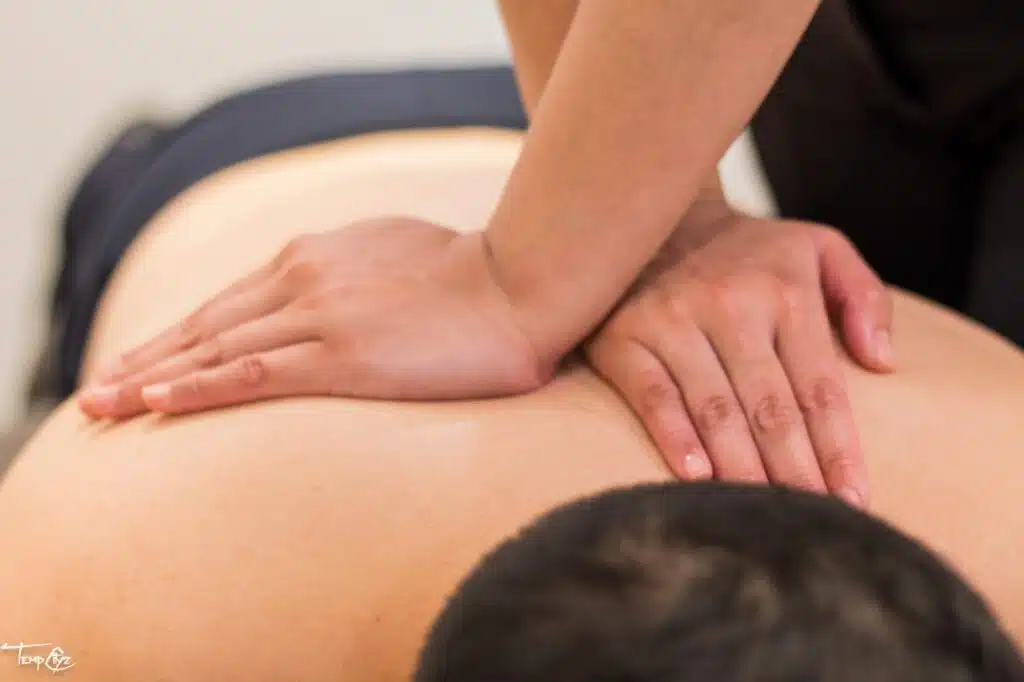
Chiropractic Treatments for Symptom Management
Chiropractic care for scoliosis patients often focuses on reducing discomfort, improving spinal function, and enhancing mobility. Techniques may include:
- Spinal Adjustment: Chiropractors may use specific spinal manipulation techniques to improve spinal alignment and reduce pain. While these adjustments don’t correct the scoliosis curve, they can help manage symptoms.
- Exercise Recommendations: Chiropractors can prescribe specific exercises tailored to the needs of scoliosis patients. These exercises can strengthen the muscles around the spine, improving posture and potentially slowing the progression of the curve.
- Pain Management: Techniques such as massage, ultrasound therapy, and electrical stimulation may be used to alleviate pain, reduce muscle tension, and enhance overall comfort.
It’s important to note that chiropractic care should be part of a comprehensive treatment plan, especially for moderate to severe scoliosis, and should not replace conventional treatments such as bracing or surgery when they are indicated.
Integrative Approaches to Scoliosis Care
Integrative scoliosis care combines various therapeutic modalities to address the complex needs of scoliosis patients. In addition to chiropractic treatments, an integrative approach may include:
- Physiotherapy: Aimed at strengthening the spine and improving flexibility, physical therapy can be crucial to managing scoliosis, especially in conjunction with chiropractic care.
- Orthopedic Care: For patients requiring bracing or surgery, coordination with orthopedic specialists ensures that all aspects of scoliosis treatment are addressed.
- Lifestyle and Nutritional Support: Guidance on nutrition, exercise, and healthy lifestyle choices can support overall health and potentially impact the progression of scoliosis.
An integrative approach emphasizes personalized care tailored to the individual’s condition, preferences, and health goals. By combining the expertise of various healthcare providers, patients can access a comprehensive care plan that addresses the physical, emotional, and lifestyle aspects of living with scoliosis.
In conclusion, while chiropractic care alone is not a cure for scoliosis, it plays a valuable role in the overall management of the condition. By offering symptom relief, supporting spinal health, and contributing to a multidimensional treatment strategy, chiropractic treatments can significantly improve the quality of life for individuals with scoliosis. It’s essential for patients to consult with a healthcare provider to determine the most appropriate treatment plan based on their specific needs and the severity of their condition.
Conclusion
Understanding and managing scoliosis involves a multifaceted approach that incorporates early detection, informed treatment choices, and supportive care. This comprehensive guide has explored the essentials of scoliosis, from its causes and symptoms to the various treatment strategies and the role of chiropractic care in managing the condition. The journey through understanding scoliosis underscores the importance of awareness, early detection, and a proactive approach to care.
Emphasizing the Importance of Awareness and Professional Care
Awareness is a powerful tool in the battle against scoliosis. By understanding the signs and symptoms of the condition and the importance of early detection, individuals can take proactive steps toward seeking professional evaluation and care. Early intervention is key to preventing the progression of scoliosis and can lead to more effective management of the condition.
Professional care involving a team of healthcare providers, including pediatricians, orthopedists, chiropractors, and physical therapists, ensures a comprehensive approach to treatment. This team can guide patients and their families through the decision-making process, offering insights into the benefits and limitations of various treatment options.
Encouragement for Patients and Families to Seek Timely Advice
The diagnosis of scoliosis can be challenging for patients and their families. However, with timely advice and the right support, many individuals with scoliosis lead healthy, active lives. Patients and their families are encouraged to seek information, ask questions, and explore all available treatment options. Engagement in support groups and communities can also provide valuable insights and encouragement from those who have navigated similar paths.
Living with scoliosis requires an understanding of the condition and an active commitment to managing it. It’s a journey that may involve challenges, but with advances in medical science and support from healthcare professionals, patients can achieve positive outcomes. The goal is not just to treat the curvature of the spine but to ensure a high quality of life for those affected.
In conclusion, scoliosis is a complex condition that necessitates a tailored approach to care. Individuals with scoliosis can navigate their condition effectively through awareness, early detection, and a comprehensive treatment strategy. The journey with scoliosis is unique for each person, but with the right support and guidance, it is possible to manage the condition successfully and live a full and active life.
References:
A wealth of resources is available for those seeking to deepen their understanding of scoliosis, explore treatment options, or connect with supportive communities. Here are some references and resources for further reading and exploration:
Scoliosis Research Society (SRS)
- Website: https://www.srs.org
- An international organization dedicated to the education, research, and treatment of spinal deformities, including scoliosis. The SRS website offers comprehensive information on scoliosis for both professionals and patients, including treatment options, research updates, and a directory of specialists.
National Scoliosis Foundation (NSF)
- Website: https://www.scoliosis.org
- The NSF provides support, education, and advocacy for individuals affected by scoliosis. Their resources include information on screening, treatment, and living with scoliosis and forums for connecting with others.
American Association of Neurological Surgeons (AANS)
- Website: https://www.aans.org
- The AANS offers detailed information on various neurological conditions, including scoliosis. Their resources include descriptions of symptoms, causes, and treatment options, with a focus on surgical treatments for more severe cases.
OrthoInfo from the American Academy of Orthopaedic Surgeons (AAOS)
- Website: https://orthoinfo.aaos.org
- OrthoInfo provides patients and healthcare professionals with detailed information on orthopedic conditions, treatments, and wellness. Their section on scoliosis offers insights into the condition’s diagnosis, treatment options, and management.
CLEAR Scoliosis Institute
- Website: https://www.clear-institute.org
- Dedicated to reducing the impact of scoliosis through non-invasive treatments, the CLEAR Scoliosis Institute offers resources for patients seeking alternative treatment options. Their website includes information on exercises, chiropractic care, and other non-surgical approaches to managing scoliosis.
PubMed Central (PMC)
- Website: https://www.ncbi.nlm.nih.gov/pmc/
- For those interested in the scientific and medical research on scoliosis, PubMed Central offers access to a wide range of peer-reviewed articles and studies on the condition. It’s a valuable resource for in-depth information on the latest research findings.
Scoliosis Association UK (SAUK)
- Website: https://www.sauk.org.uk
- SAUK provides support and information for people with scoliosis and their families in the United Kingdom. Their resources include guidance on diagnosis, treatment options, living with scoliosis and opportunities to connect with others through their community and forums.
These resources can provide valuable information and support for individuals with scoliosis, their families, and healthcare providers. Whether you’re looking for the latest research, seeking advice on treatment options, or needing to connect with others who understand the journey with scoliosis, these references offer a good starting point.

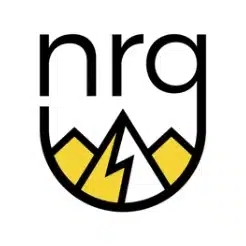
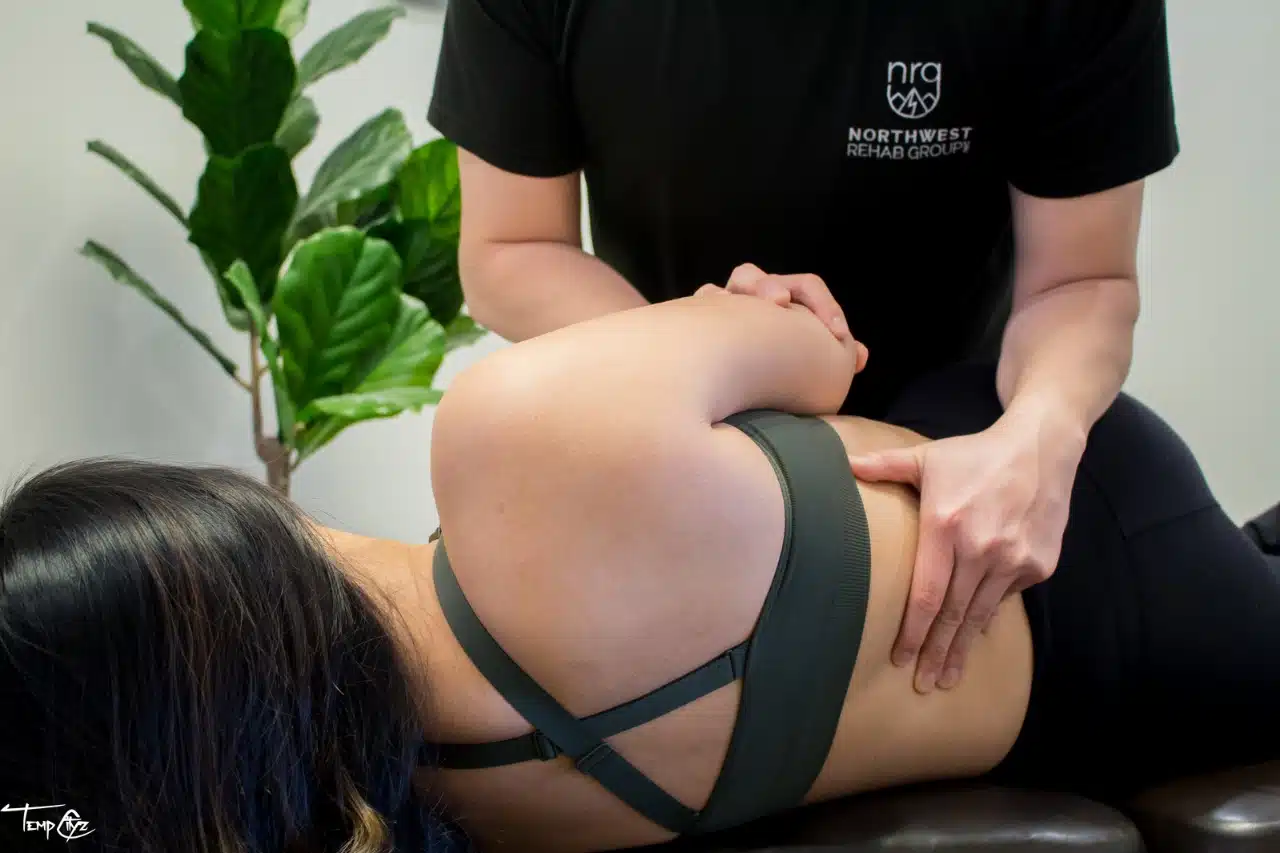
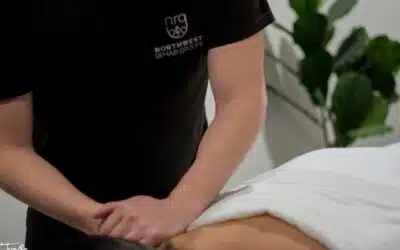
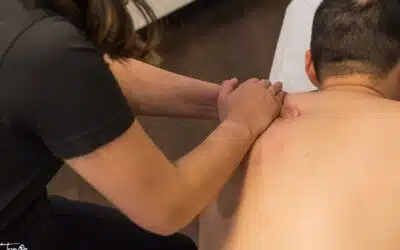

0 Comments